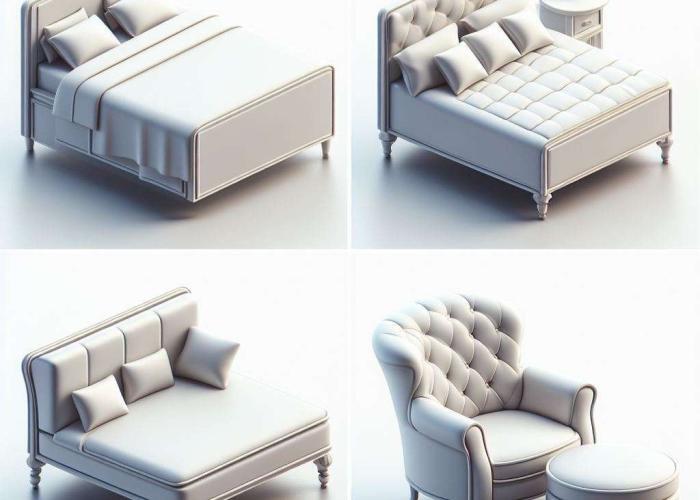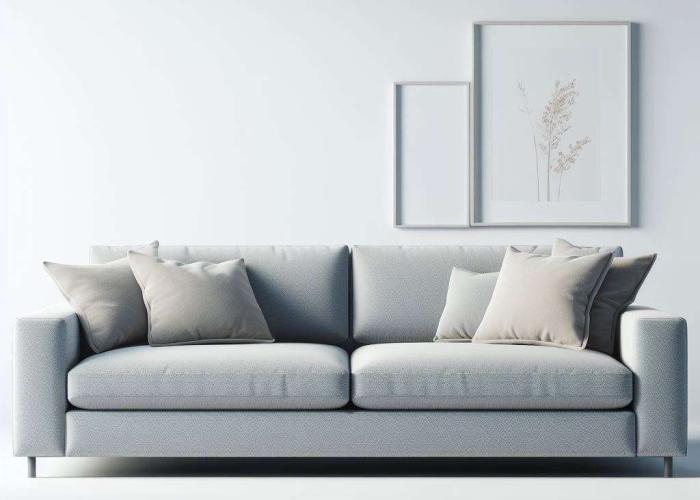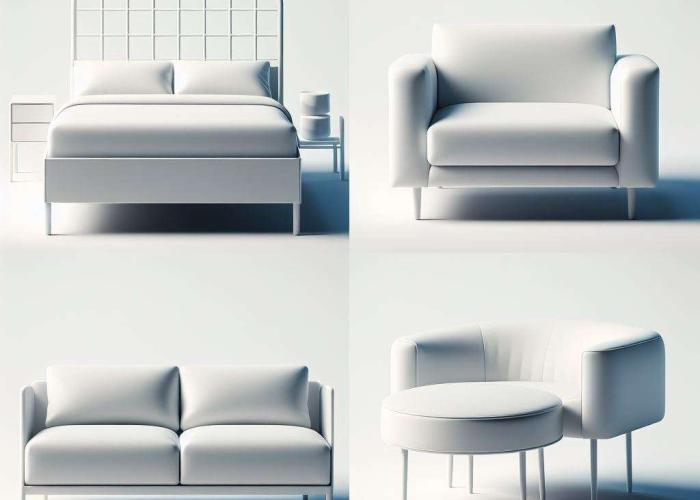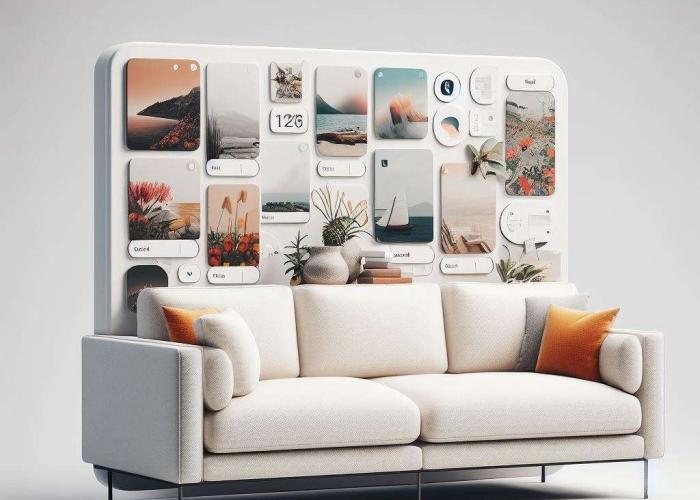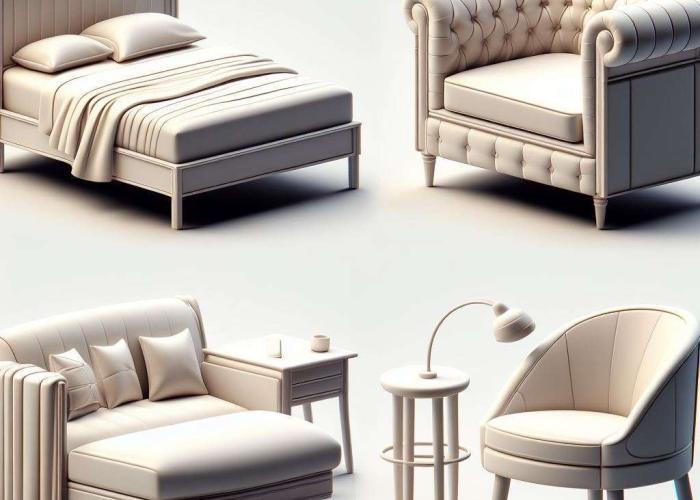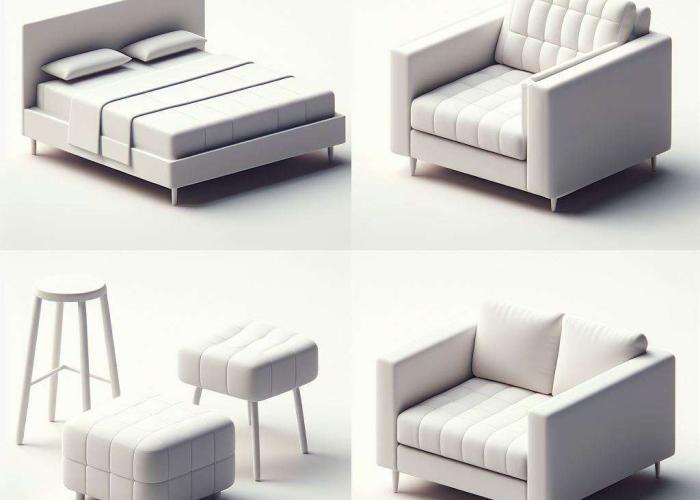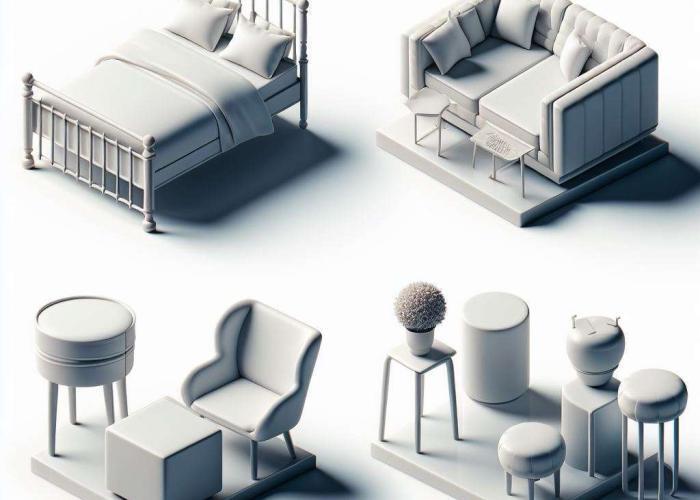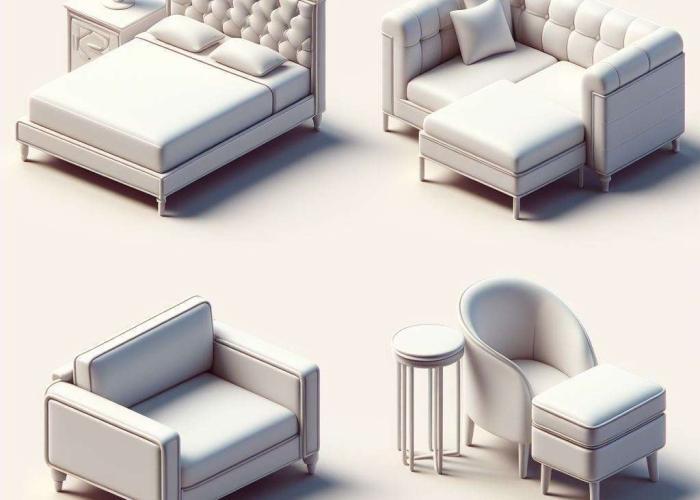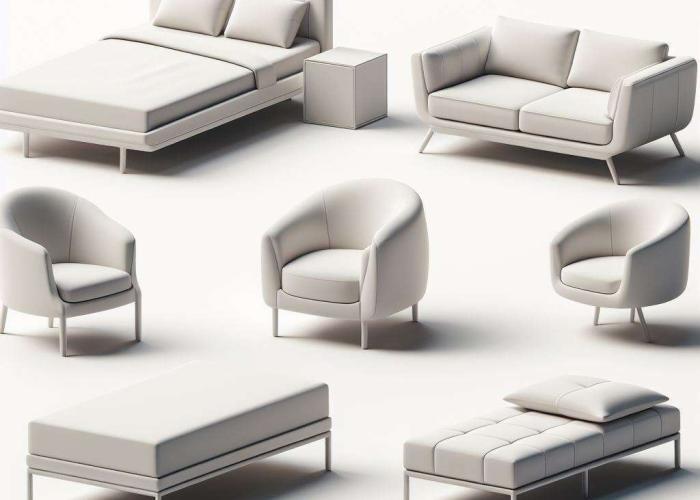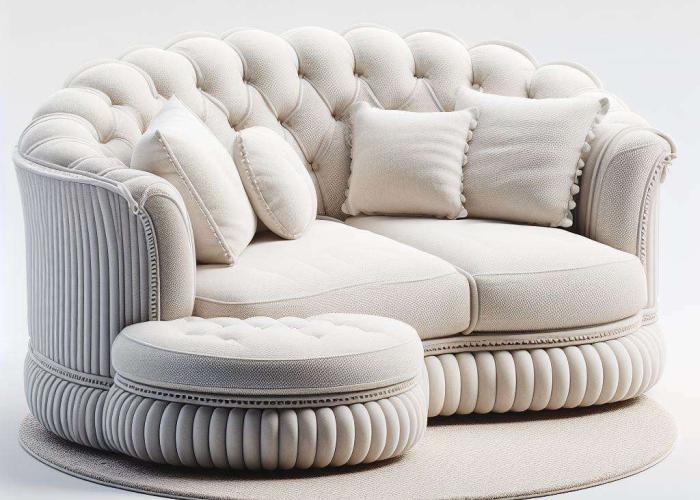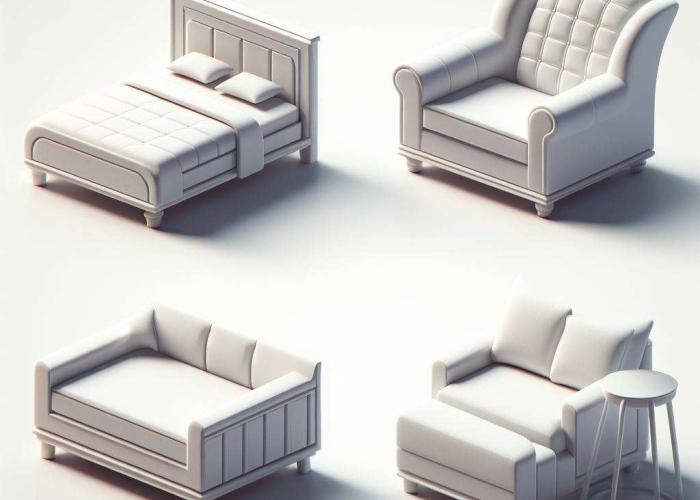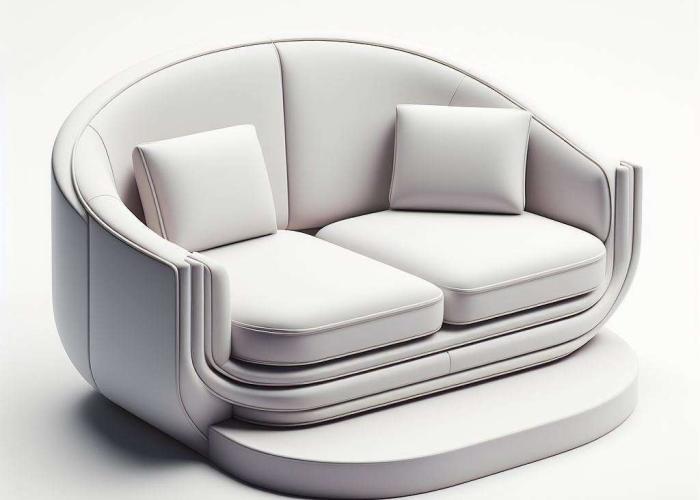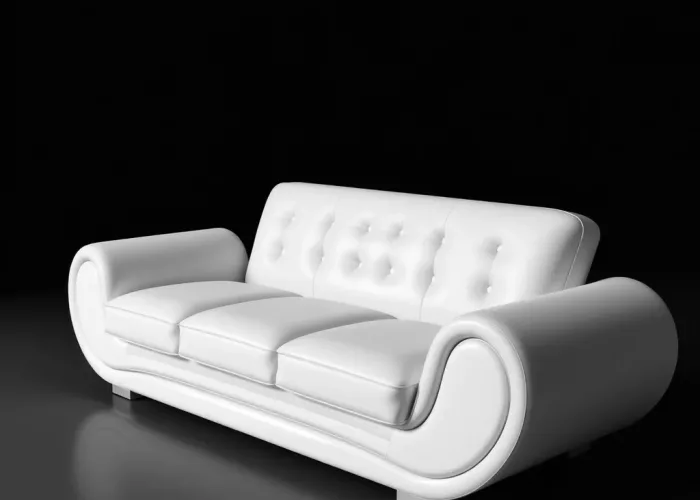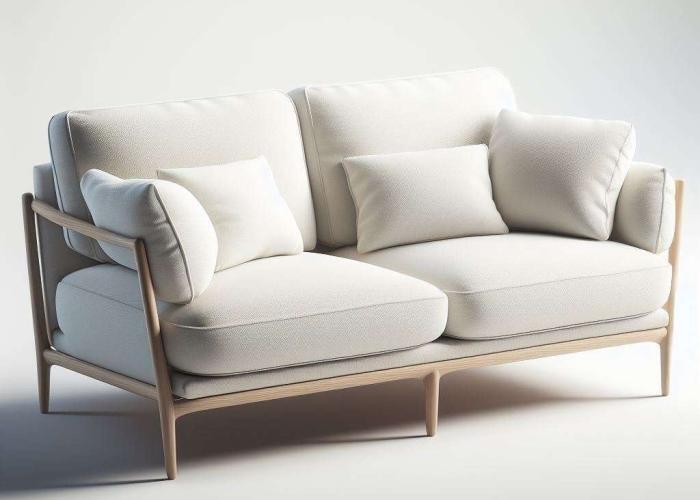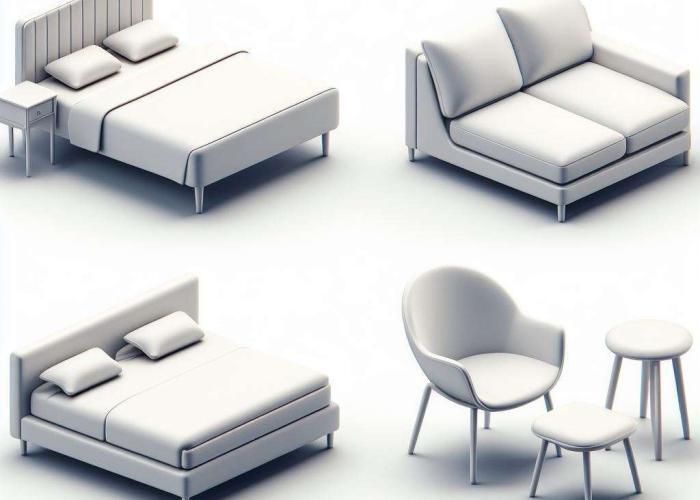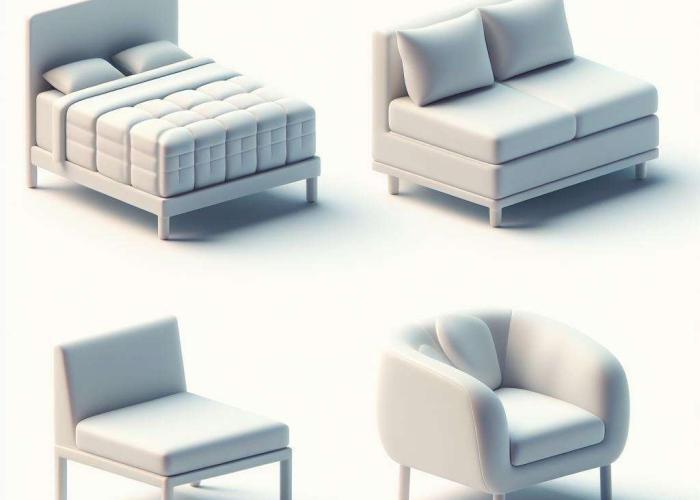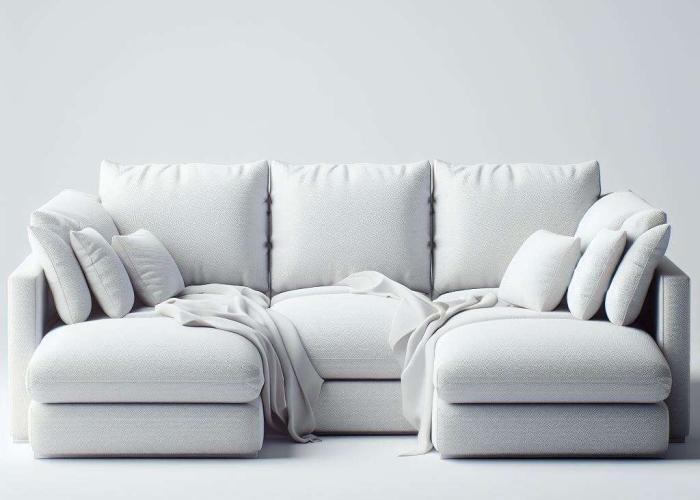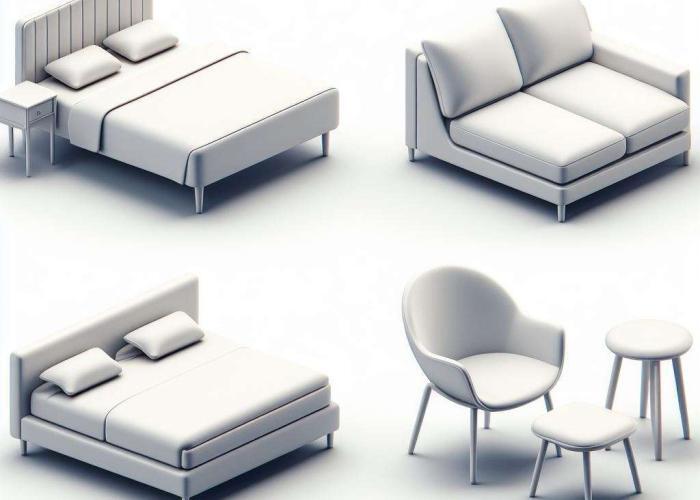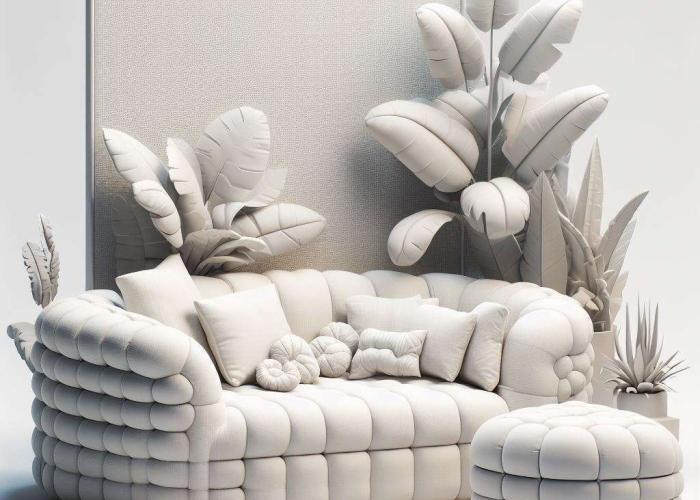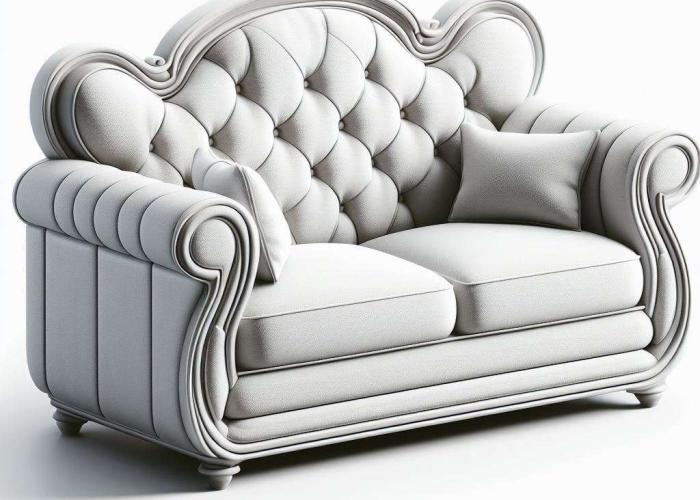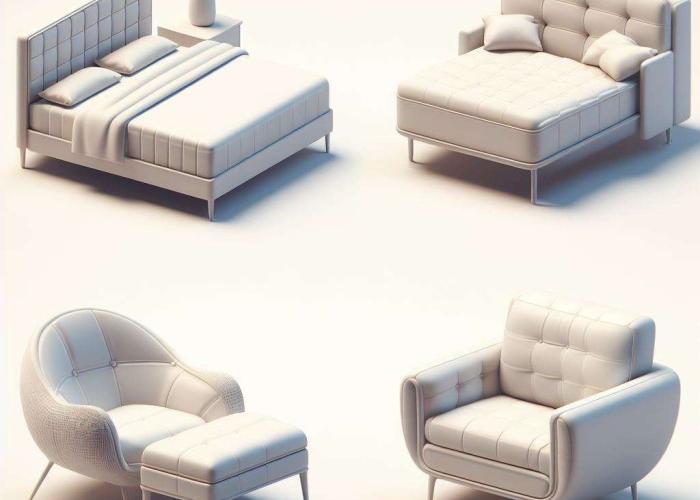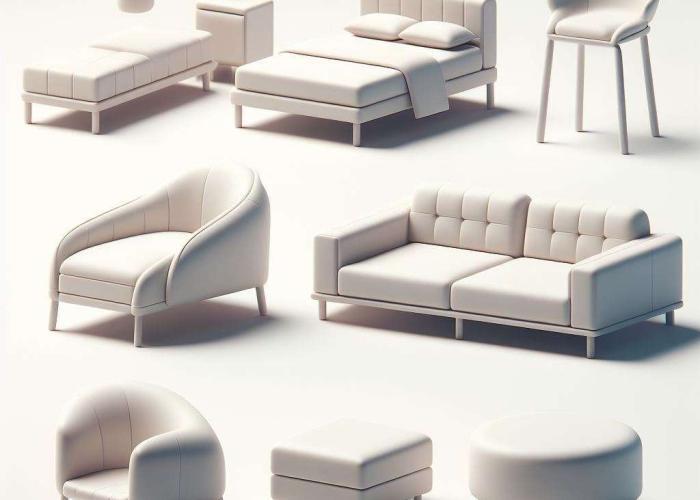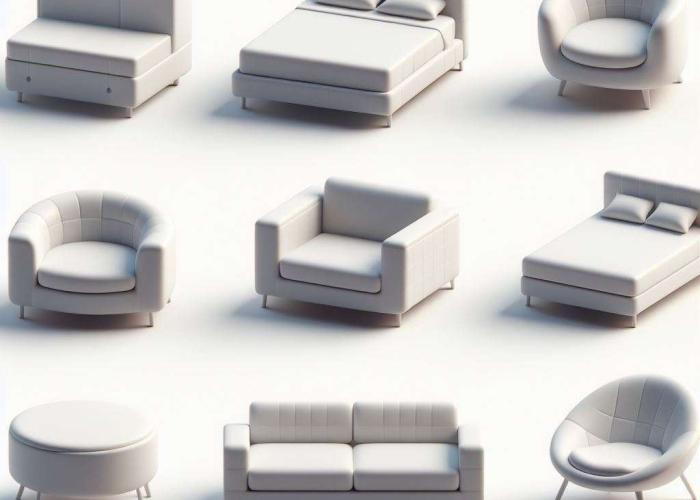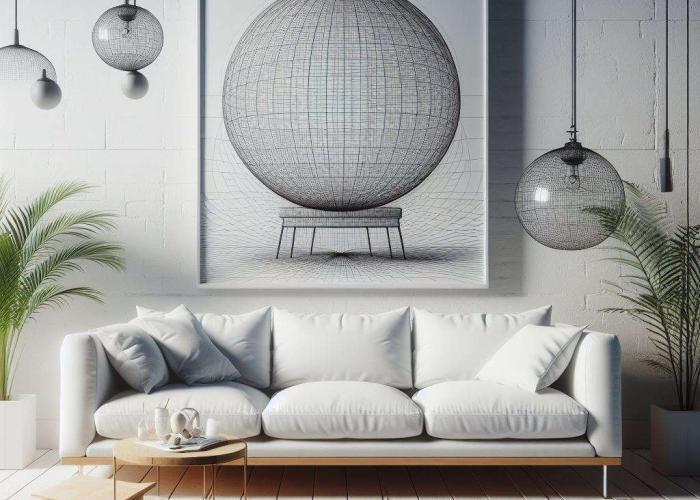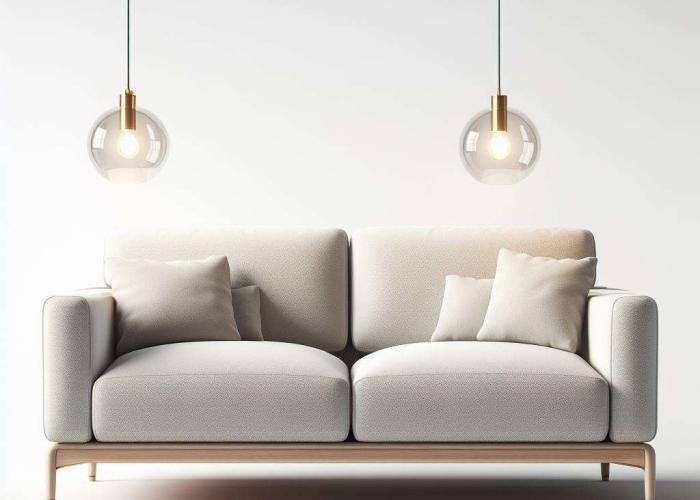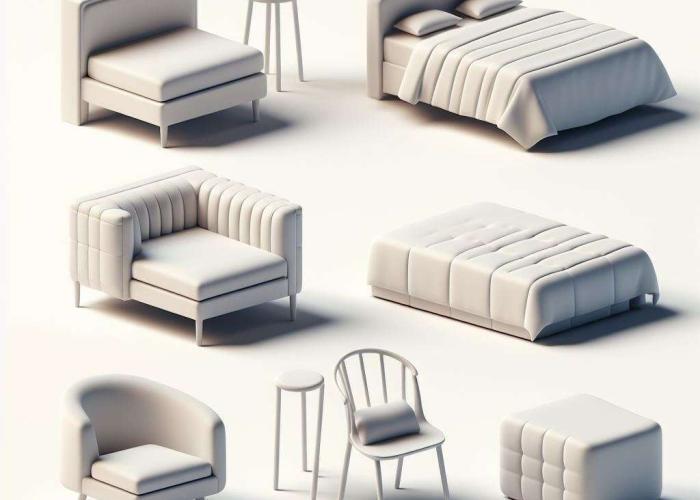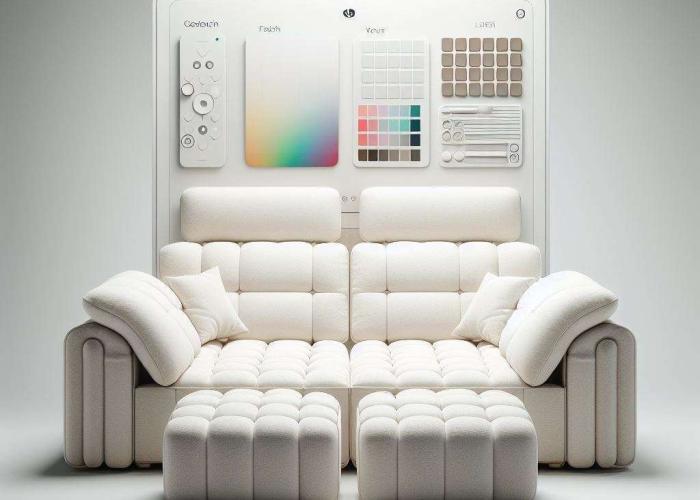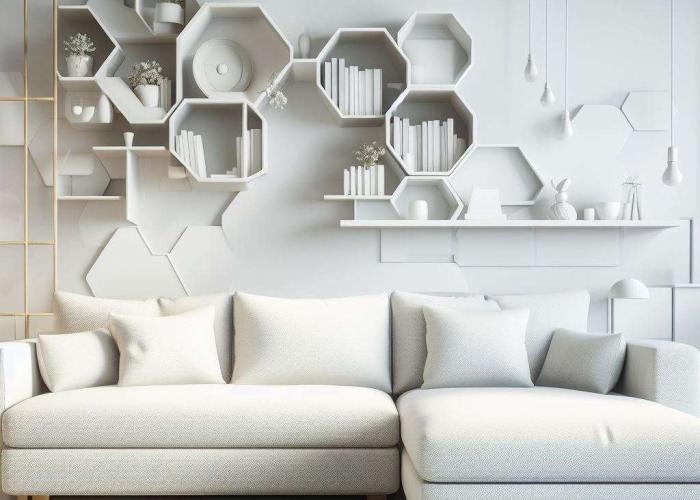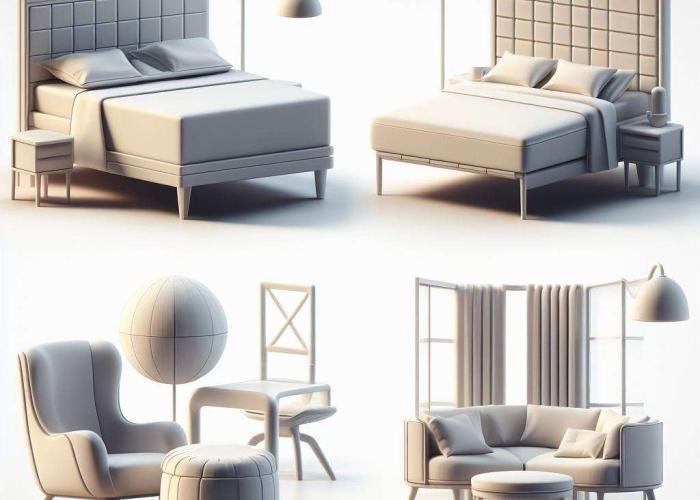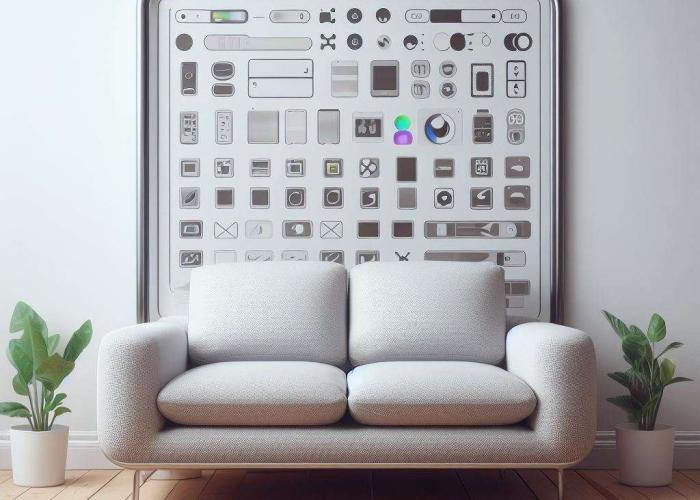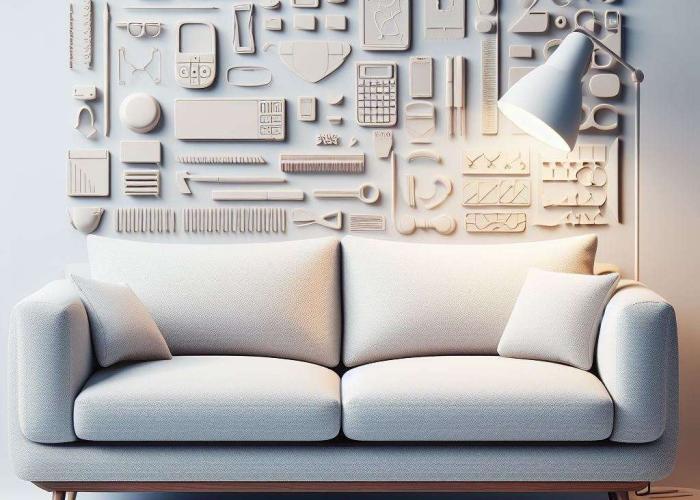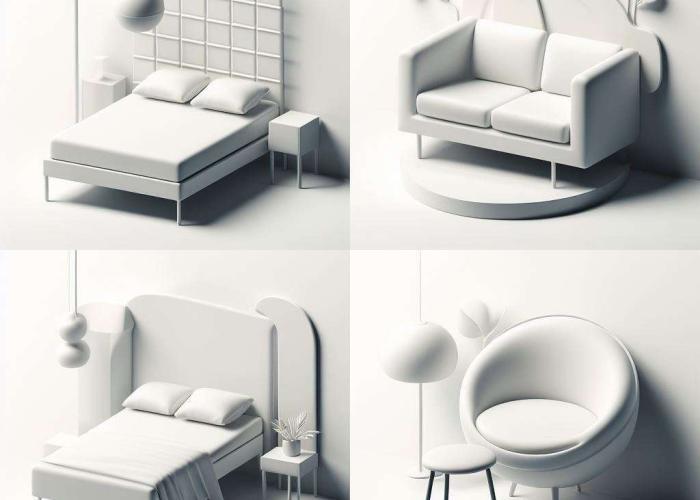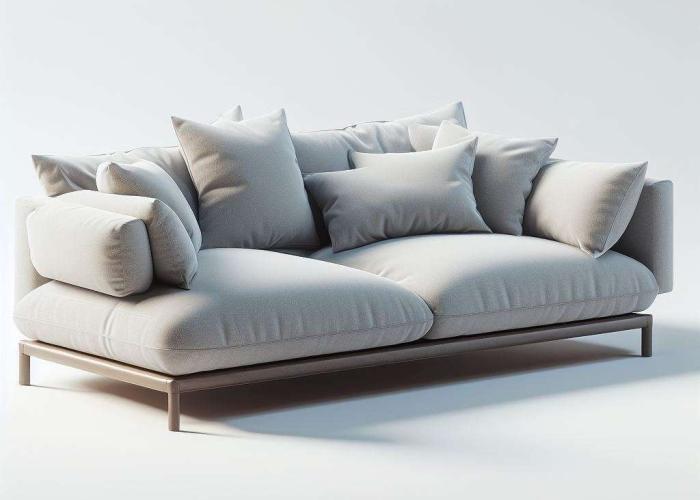AI Based Design
Product Designs
AI-driven product design has revolutionized the creation of interior products, seamlessly blending innovation with functionality. Through sophisticated algorithms and machine learning, designers can now analyze vast amounts of data, from user preferences to ergonomic principles, to craft furniture that harmonizes aesthetics and comfort.
In the realm of sofa design, AI algorithms decode consumer behaviors, style trends, and spatial constraints to conceptualize diverse styles that cater to varying tastes and spatial requirements. These algorithms aid in creating designs that optimize space utilization while ensuring ergonomic support and visual appeal.
Similarly, AI plays a pivotal role in bed design by considering factors like materials, mattress technology, and sleeping patterns. It helps in devising personalized solutions, recommending mattress firmness, and even proposing designs that promote better sleep quality.
Moreover, AI augments the prototyping process, enabling rapid iterations and simulations to refine designs before physical production. This results in cost-effective, sustainable, and finely-tuned products that align closely with consumer needs.
In product design, there are a variety of important aspects that should be considered to ensure that the end product is functional, aesthetically appealing, user-friendly, and economically manufacturable. Here are some key aspects in product design:
Functionality: The product must effectively fulfill its intended function. It should be reliable, performant, and easy to use.
User-Centered Design: The design should consider the needs, abilities, and expectations of users. User research and feedback are crucial to achieving user-centered design.
Aesthetics: The product should be visually appealing to attract users’ attention and create a positive perception.
Ergonomics: The design should be tailored to human anatomy and ergonomics to ensure comfort and efficiency. This includes aspects such as shaping, size, positioning of controls, and user interaction.
Materials and Manufacturability: The selection of materials and manufacturing methods should be carefully done to optimize functionality, durability, cost, and environmental compatibility. The design should also be created to be efficiently and economically manufacturable.
Sustainability: Sustainability aspects such as energy efficiency, material recycling, longevity, and environmentally friendly manufacturing processes should be integrated into the design to minimize the product’s ecological impact.
Usability and User Experience (UX): The product should be intuitive and easy to use to ensure a positive user experience. This includes designing the user interface, information architecture, and interaction flows.
Safety: The design should consider safety aspects to avoid injuries or damages. This includes compliance with safety standards, risk assessment, and integration of safety features.
Market and Competitive Analysis: A thorough analysis of the market and competitive situation is important to ensure that the product stands out from other offerings and provides added value to the target audience.
Innovativeness: The design should be innovative and offer new solutions to existing problems or needs. It should allow room for further development and adjustments to keep pace with changing requirements and technologies.
By carefully considering these aspects, successful product design can be achieved that meets user requirements, is economically manufacturable, and provides added value.





